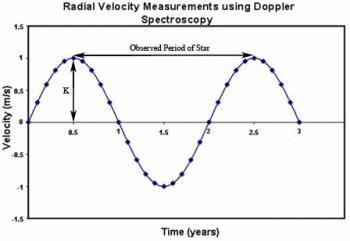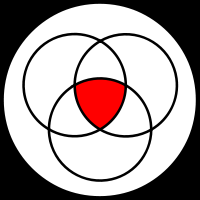General relativity is the theory of gravitation. It was published by Albert Einstein in 1916¹. This provides a unified description of gravity as a property of space and time, or spacetime. Spacetime is directly related to the energy and momentum of the matter and radiation are present. The relation is the Einstein field equations.
The simplest of Einstein’s field equations is
R_ab- 1/2 Rg_ab= 8πG/c^4 T_ab
Where
R= R_cd g^cd
Currently, general relativity has emerged as a highly successful model of gravitation and cosmology. This has so far passed many unambiguous observational and experimental tests. However, there are indications that the theory is incomplete. Questions regarding quantum gravity and the question of the reality of spacetime singularities remain open.
References
1. Grandin, K. (n.d.). Retrieved from http://www.nobelprize.org/nobel_prizes/physics/laureates/1921/einstein-bio.html
© BrainMass Inc. brainmass.com June 30, 2024, 10:15 am ad1c9bdddf

